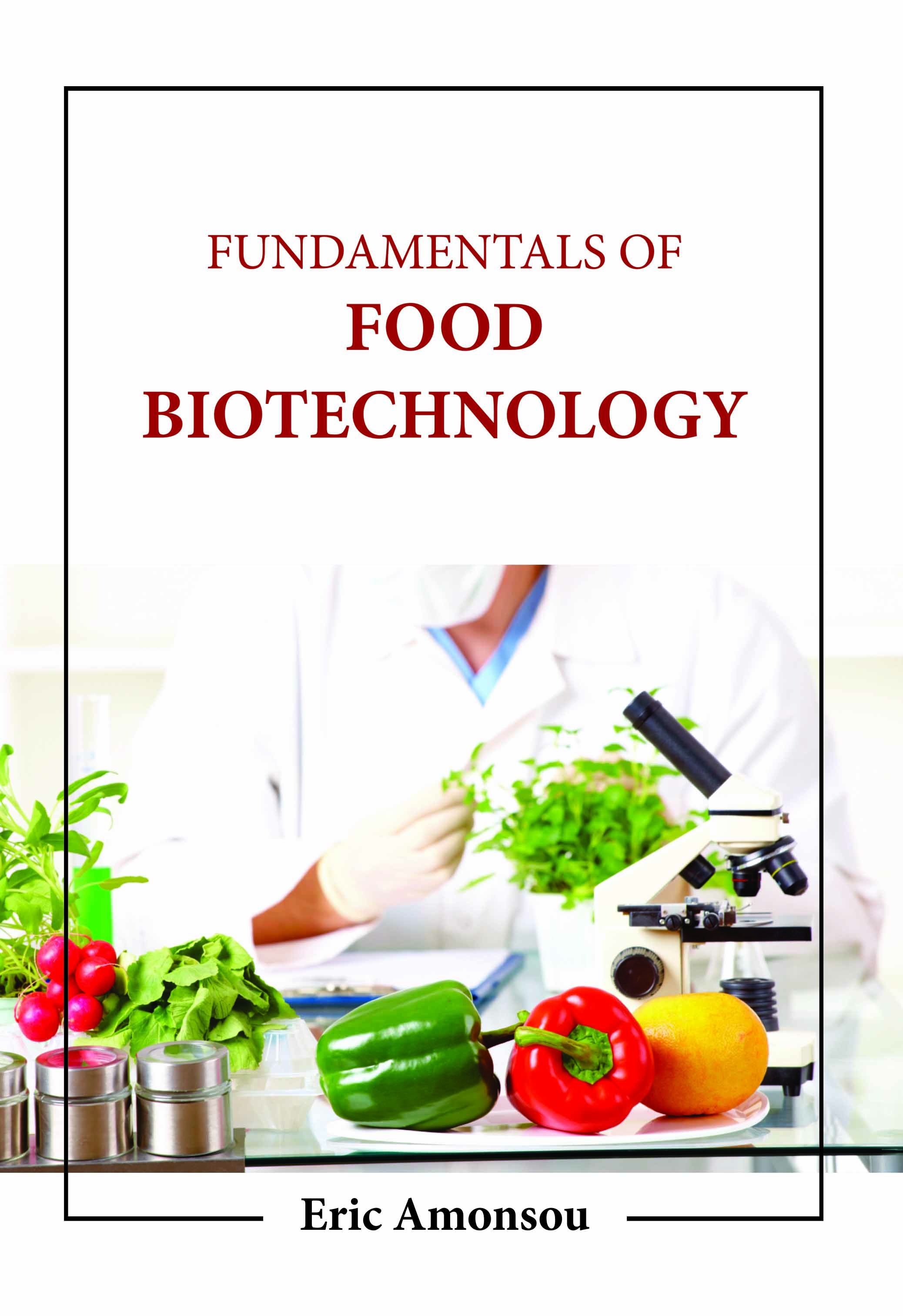
Fundamentals of Food Biotechnology
by Eric Amonsou
| ISBN | 9781806244744 |
|---|---|
| Publisher | Digital Drive Learning |
| Copyright Year | 2026 |
| Price | $254.00 |

by Eric Amonsou
| ISBN | 9781806244744 |
|---|---|
| Publisher | Digital Drive Learning |
| Copyright Year | 2026 |
| Price | $254.00 |
To better understand food processes and, eventually, enhance food products for the general population, food science pulls from various disciplines, including biology, chemical engineering, and biochemistry. Scientists are working on food research on the chemical, microbiological, and physical characteristics of food. Numerous fields, such as food science, nutrition, dietetics, and agriculture, can benefit from using food biotechnology. The science of plants and genetics is used in food biotechnology to enhance the food we eat and the methods used to generate it. Food biotechnology is still a complex and perplexing subject. Therefore, selecting the most significant factual information and communicating it understandably and succinctly is critical. Then, this understanding can be reinforced by citing one or more facts. The production, nutritional value, safety, and flavor of food can all be improved through the use of food biotechnology. Making crops better so they require less pesticides can also improve the environment. The idea is not fresh: Farmers have selectively bred plants for ages to pass on desired traits. For instance, our ancestors first replanted corn seeds from the best-yielding and most delicious corn they produced each year. By cultivating the seeds of the chosen crop year after year, this technique picked out beneficial genes and fixed them. An introduction to food components and an analysis of water and food quality issues set the stage for presenting food science principles. The book includes knowledge that will be helpful to those working in the food chain, including food engineers, chemists, biologists, ingredient suppliers, and others.